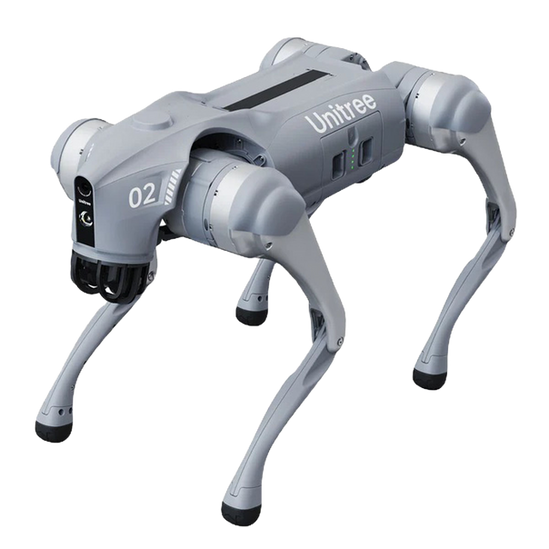RTK (Real-Time Kinematic Positioning)
An advanced GPS correction system that provides centimeter-level accuracy in drone positioning. RTK is essential for applications requiring high precision, such as surveying, mapping, and industrial inspections.
In the landscape of technology and geospatial mapping, precision is paramount. Applications ranging from surveying to drone-based inspections rely on accurate positioning data to make informed decisions. Understanding terminology like RTK (Real-Time Kinematic Positioning) is vital for professionals in these fields, as it represents a leap forward in accuracy, enabling significant advancements in how we gather and interpret spatial information.
What is RTK (Real-Time Kinematic Positioning)?
RTK, or Real-Time Kinematic Positioning, is an advanced GPS correction system designed to provide centimeter-level accuracy in drone positioning. This technology enhances the traditional GPS system by utilizing signals from ground-based reference stations to correct positional data in real-time. As a result, RTK is essential for applications where high precision is critical, such as surveying, mapping, and industrial inspections, allowing for tasks that demand meticulous detail to be performed efficiently and accurately.
Key Concepts
Differential GPS (DGPS): A method that improves the accuracy of GPS signals using a network of fixed ground reference stations.
Base Station: The stationary reference point that provides correction data to enhance GPS accuracy for nearby mobile units.
Rover: The mobile unit (e.g., drone) that receives correction signals from the base station to determine its precise location.
Geodetic Control: The framework that provides reference points for accurate GPS measurements, essential for precise positioning tasks.
Latency and Signal Processing: The delay that can affect real-time data transmission and processing, influencing the accuracy and reliability of positioning.
Applications and Relevance
RTK positioning plays a vital role across various industries, enabling precise data collection and analysis:
Surveying: Used for land surveying, where high accuracy is necessary for mapping terrain and boundaries.
Agriculture: Enhances precision agriculture practices by enabling accurate planting, fertilization, and harvesting.
Construction: Provides accurate positioning for site layout and machinery operation, improving safety and efficiency.
Environmental Monitoring: Assists in tracking environmental changes with precise location data for research and management.
Autonomous Vehicles: Supports high-accuracy navigation for drones and other autonomous systems requiring real-time positioning.
Challenges and Considerations
While RTK offers numerous advantages, it also comes with certain challenges:
Line of Sight: RTK systems require a clear line of sight to the base station, which can be obstructed by buildings or natural features.
Cost: Implementing RTK technology can be expensive, as it often requires an investment in specialized equipment and infrastructure.
Reliability Issues: Dependence on stable satellite and ground station signals can introduce errors in environments with poor signal quality.
Complexity: Setting up and operating RTK systems can be complex, requiring a certain level of expertise to ensure optimal performance.
Environmental Factors: Weather conditions and atmospheric interference can affect the accuracy and reliability of GPS signals.
Future Trends and Innovations
The field of RTK is continually evolving, with innovative practices emerging that promise to enhance its capabilities:
Integration with Other Technologies: Combining RTK with advanced technologies such as LiDAR and photogrammetry for enhanced data collection.
Cloud-Based Solutions: Development of cloud-based RTK services that provide corrections without the need for physical base stations, increasing flexibility.
Increased Automation: The rise of autonomous drones equipped with RTK positioning to perform complex tasks without human intervention.
Improved Algorithms: Enhanced algorithms for real-time data processing that could further reduce latency and increase positional accuracy.
Compatibility with GNSS: Improved interoperability with other Global Navigation Satellite Systems beyond GPS, offering more robust positioning solutions.
RTK (Real-Time Kinematic Positioning) represents a significant advancement in the domain of precise positioning systems, essential for a wide range of applications that require exact measurements. Its impact extends far beyond basic navigation, playing a crucial role in enabling precision in surveying, agriculture, and various industrial processes. By breaking new ground in accuracy and efficiency, RTK technology not only enhances our understanding of spatial data but also furthers the capabilities of modern tools in tackling complex real-world challenges.














